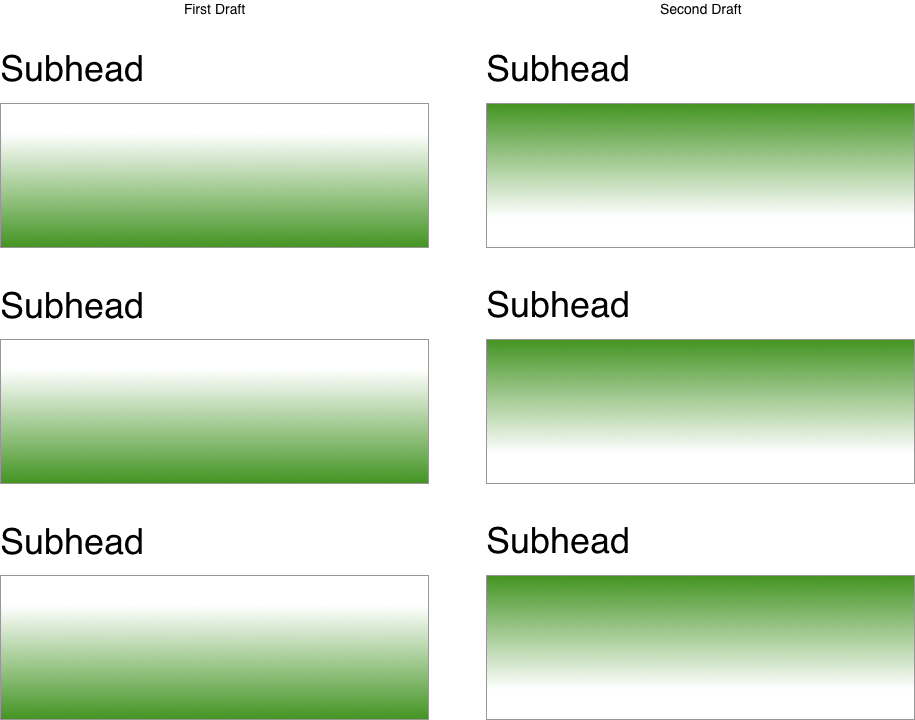"Most first drafts can be cut by 50 percent without losing any information or losing the author’s voice." — William Zinsser
Intercom's recent post In Praise of Editing has me thinking a lot about how to improve the articles I work on. One common mistake I make is leaving my creative process on the page. I'll write in the order that I work, which means the reader has to sift through my writing to get to the part they care about.
I call this as sequential writing and it looks something like this:
- Here is a problem I'm trying to solve
- Here is some background on that problem
- Here is where I found some research on the topic
- Here is the solution I propose
That's fine for a first draft, but too many of us stop there. A good editor can help writers move the content around so that the reader doesn't have to work so hard. I find that when I do this, it reduces the need for lots of background information. It results in fewer words and a better reading experience.
The Evolution of a Draft
In the image below, the darker the green, the more interesting the content. A first draft helps you organize your ideas and get your thoughts on paper. It's writer-centric. But a second draft should be organized for the reader. The key takeaways are exactly where they need to be. Readers should be able to navigate through the content without exerting themselves. A second draft is reader-centric.

I'll be putting together some more visual aids like this soon. If you found this helpful, I'd love to hear about it. Just find me on Twitter.
